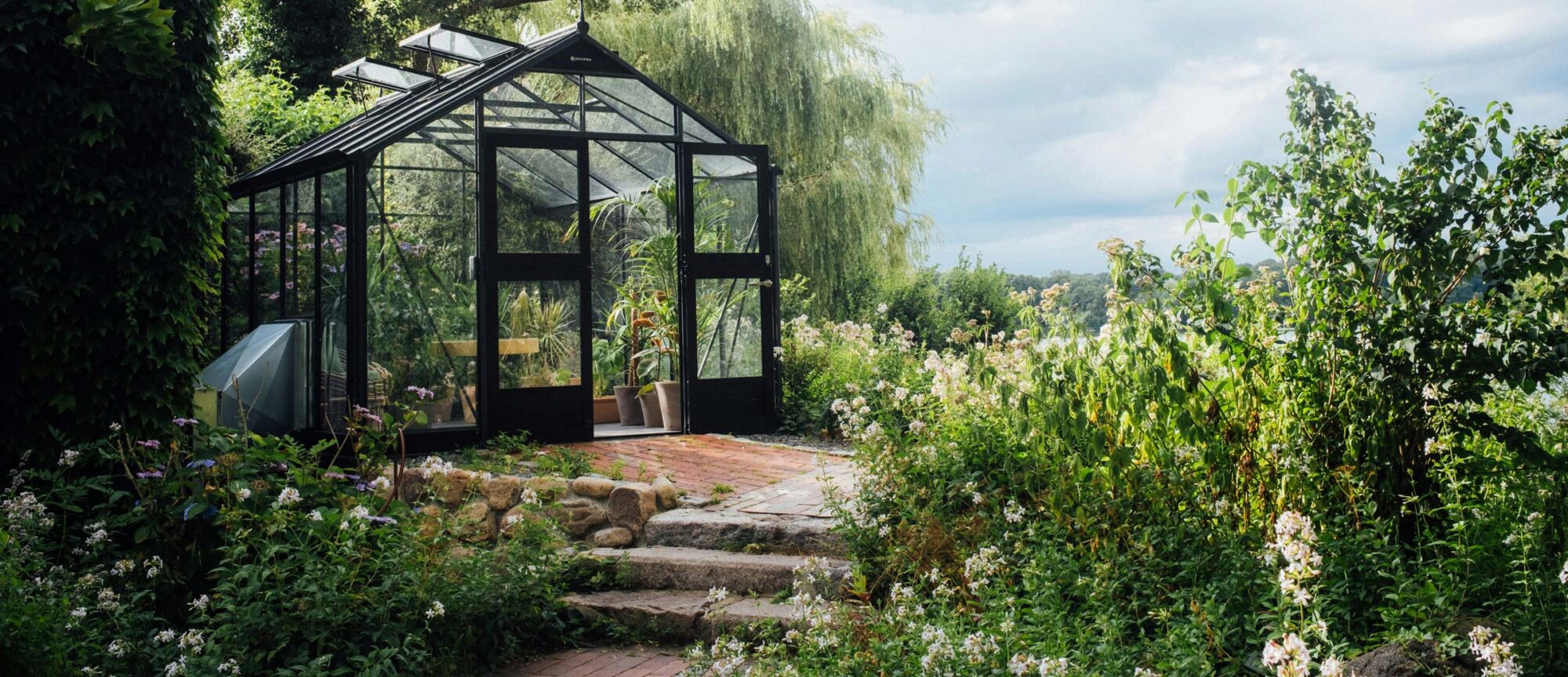Building a Permaculture Garden: Practical Steps for Beginners
A permaculture garden is more than just a place to grow food—it’s a living system where plants, soil, water, and wildlife all work together to help each other. By using smart design, you can create a garden that’s easy to care for, saves resources, and gives you healthy food year after year. Here’s how to get started with the practical building blocks of permaculture:
Step 1: Plan Your Garden
- Observe Your Space: Spend time watching how the sun, wind, and rain move through your yard. Notice which areas get the most light, where water collects, and what plants already grow well there.
- Draw a Map: Sketch your garden and add important features like trees, fences, and paths. This helps you decide where to put new beds, water systems, and compost piles.
Step 2: Design Plant Communities (Guilds)
- What Are Guilds? Guilds are groups of plants that help each other grow. Each plant has a job—some add nutrients to the soil, some attract pollinators, and others keep pests away.
- Example: The “Three Sisters” is a classic guild—corn grows tall, beans climb the corn and add nitrogen to the soil, and squash covers the ground to keep weeds away.
Step 3: Use Companion Planting
- Choose Plant Partners: Some plants do better when grown together. For example, tomatoes like to grow near basil, and carrots grow well with onions.
- Benefits: Companion planting can boost growth, reduce pests, and make your garden more colorful and productive.
Step 4: Manage Water Wisely
- Rainwater Harvesting: Collect rain from your roof in barrels to water your garden during dry times.
- Swales: Dig shallow ditches along the contour of your land to slow and soak up rainwater, helping it reach plant roots instead of running off.
- Mulching: Cover the soil with leaves, straw, or wood chips to keep moisture in and stop weeds from growing.
- Drip Irrigation: Use hoses or tubes with tiny holes to deliver water right to plant roots, saving water and time.
Step 5: Build Healthy Soil
- Composting: Turn kitchen scraps and yard waste into rich soil for your garden.
- Mulching: Add a thick layer of mulch to protect soil and feed helpful bugs.
- No-Dig Gardening: Let worms and microbes do the work by layering compost and mulch instead of digging.
- Perennials: Plant crops like asparagus or berries that come back every year, saving you time and keeping soil healthy.
Step 6: Arrange for Multiple Benefits
- Every Element Has a Job: In permaculture, each part of your garden should do more than one thing. For example, a fence can also be a trellis for beans, and a pond can provide water for birds and help control pests.
- Think Big Picture: Plan your garden so all the parts support each other, making it stronger and easier to care for.
Quick Tips for Success
- Start small—try one new idea at a time.
- Keep a garden journal to track what works and what doesn’t.
- Mix flowers, herbs, and veggies for a beautiful, helpful garden.
- Celebrate every harvest, big or small!
By following these steps, you’ll create a permaculture garden that’s full of life, easy to care for, and good for the planet. Happy growing!

